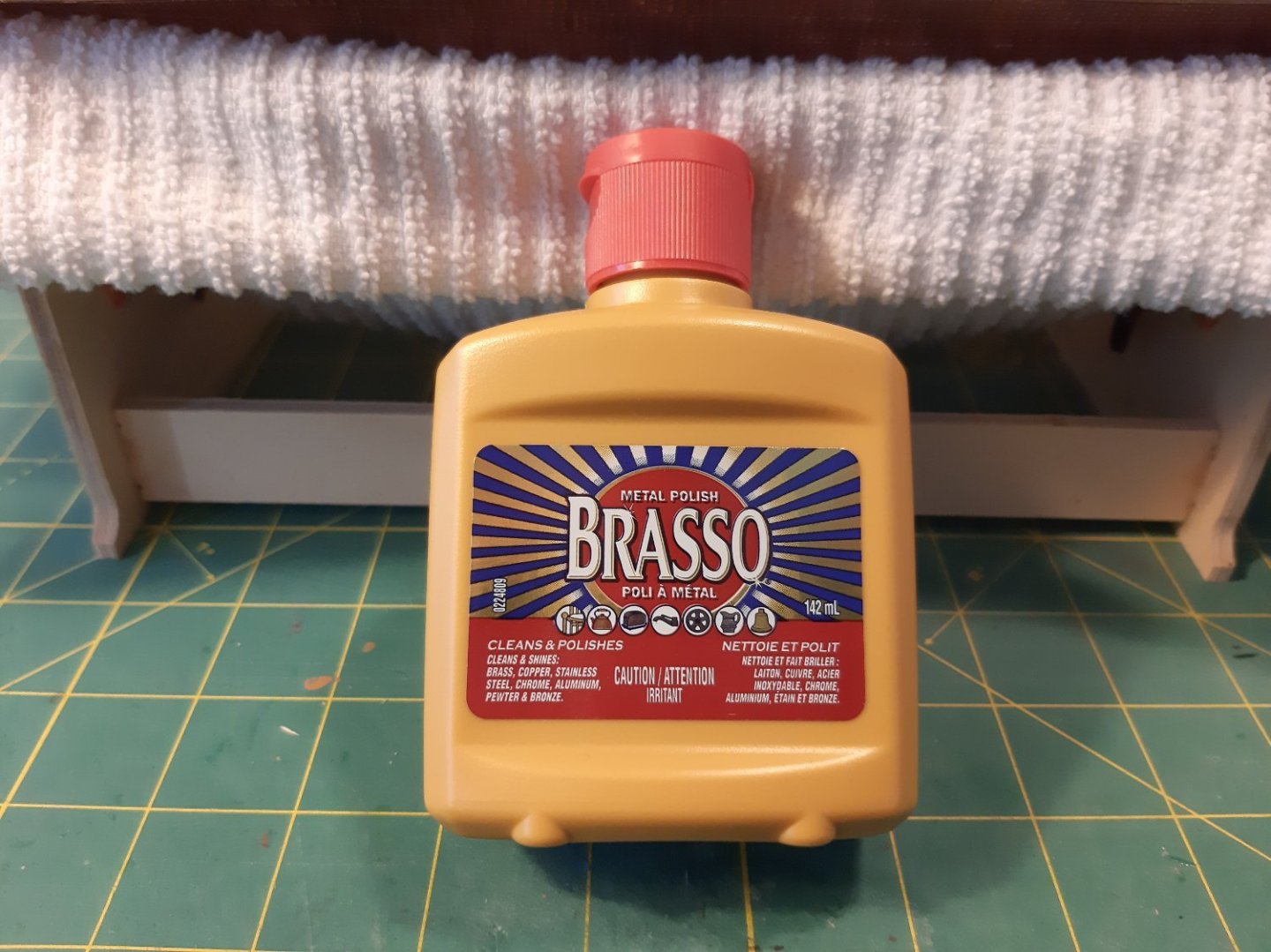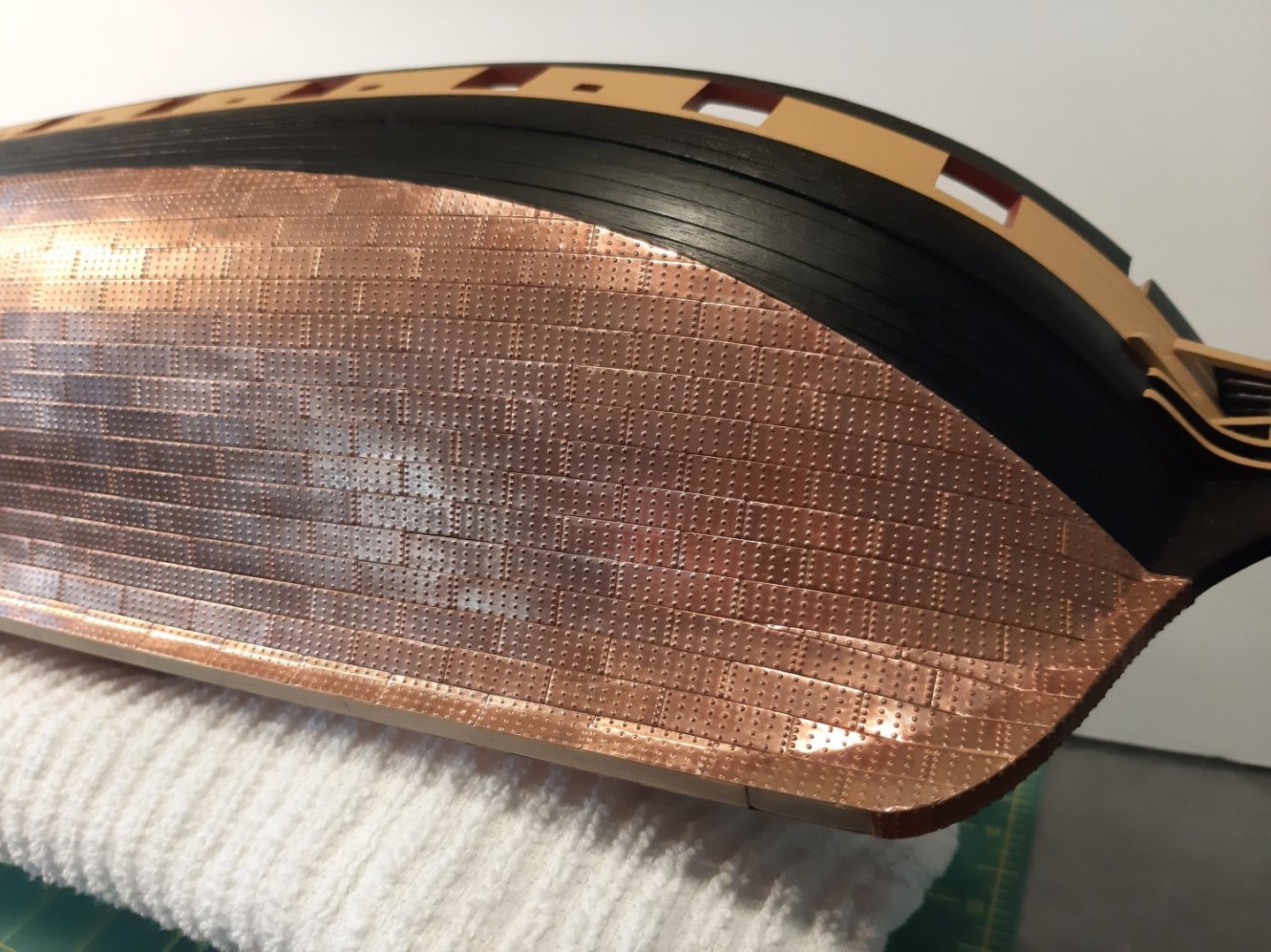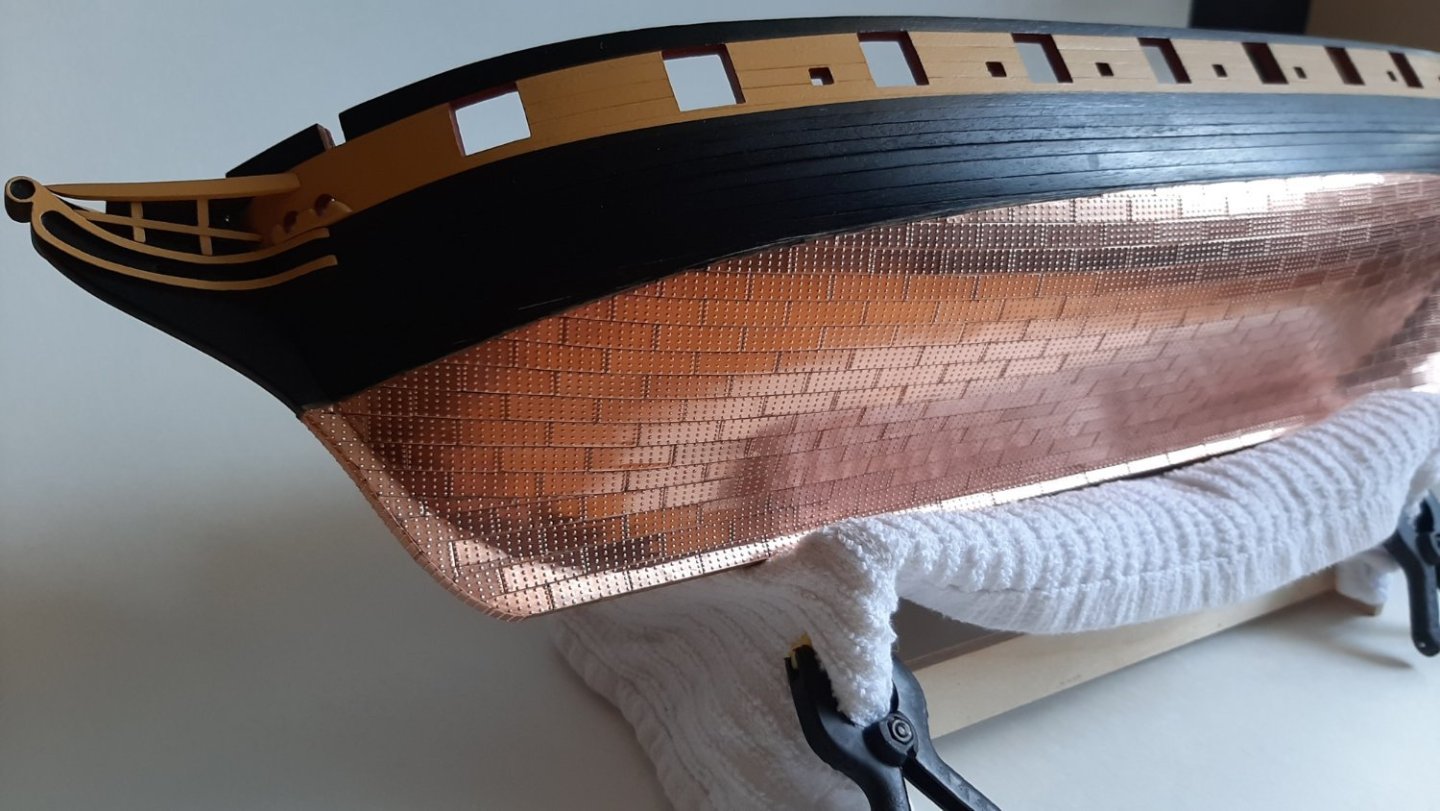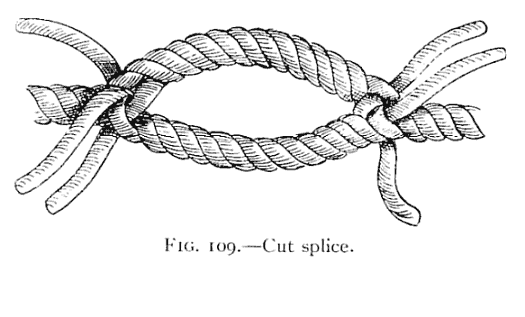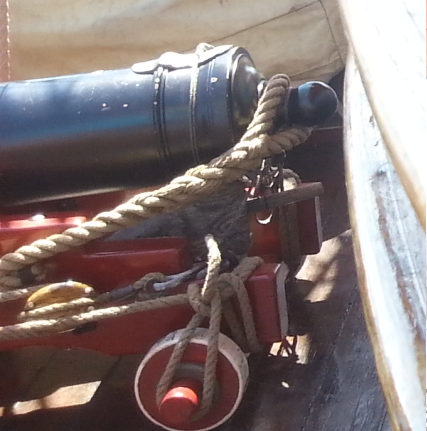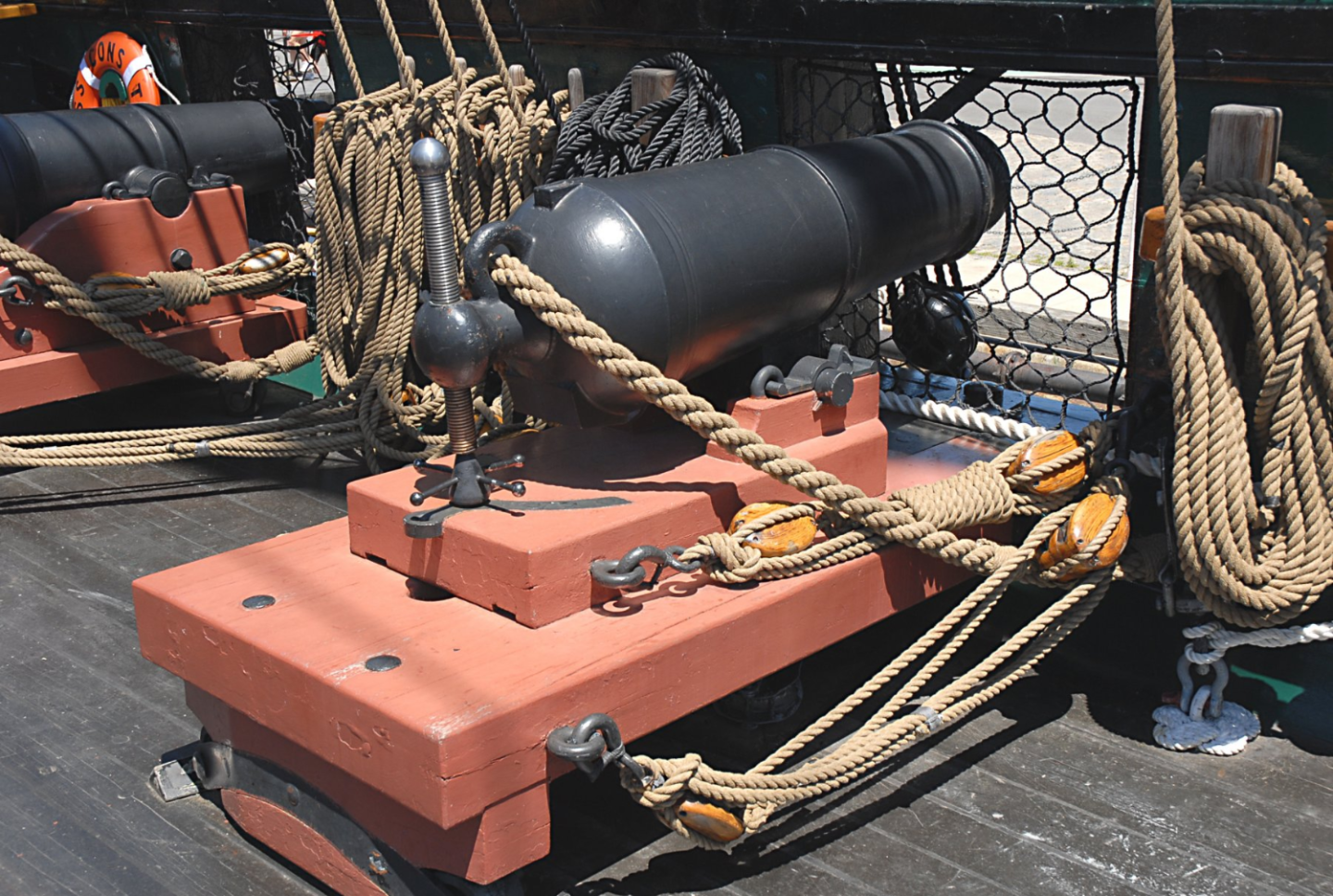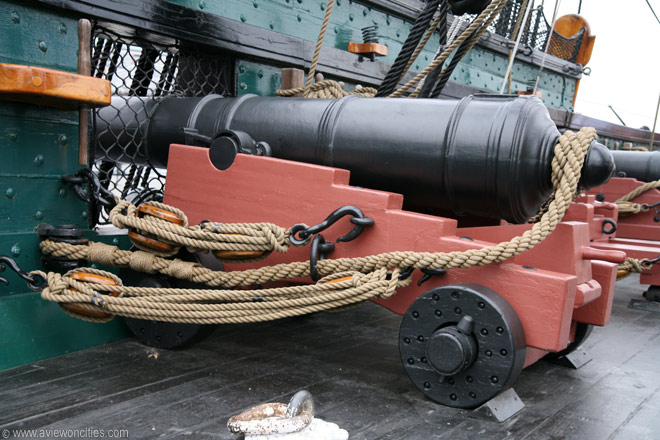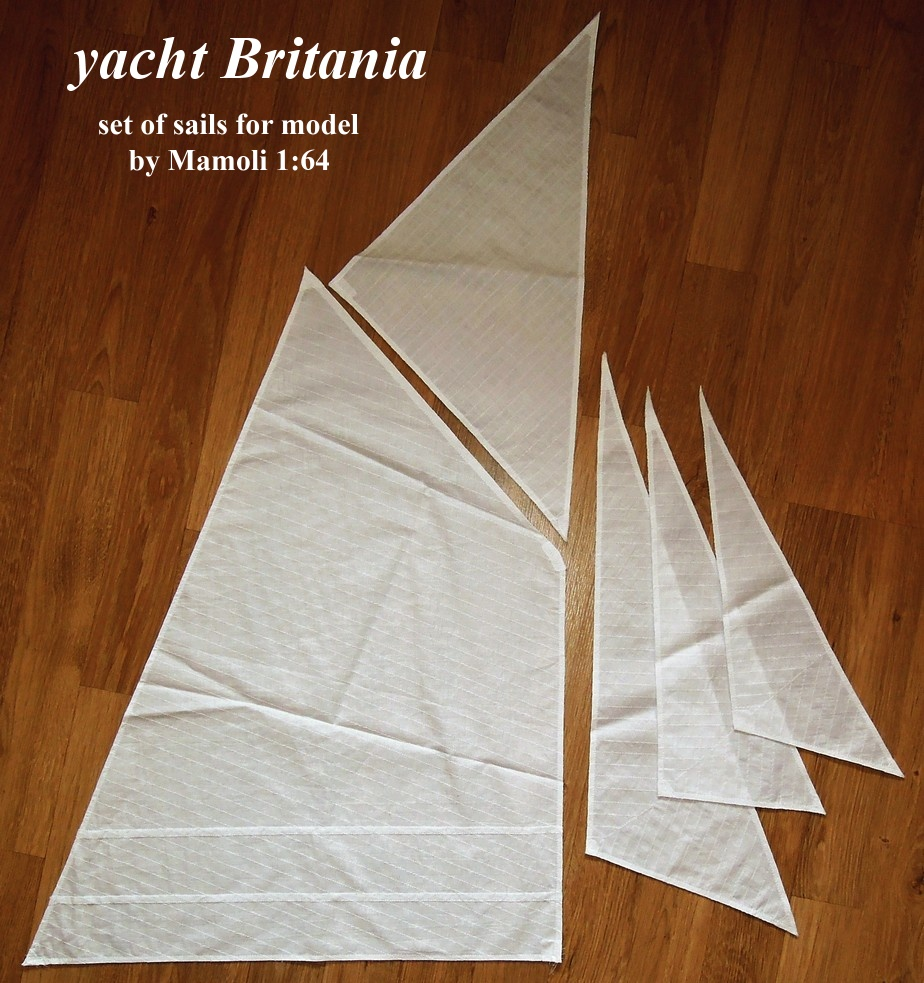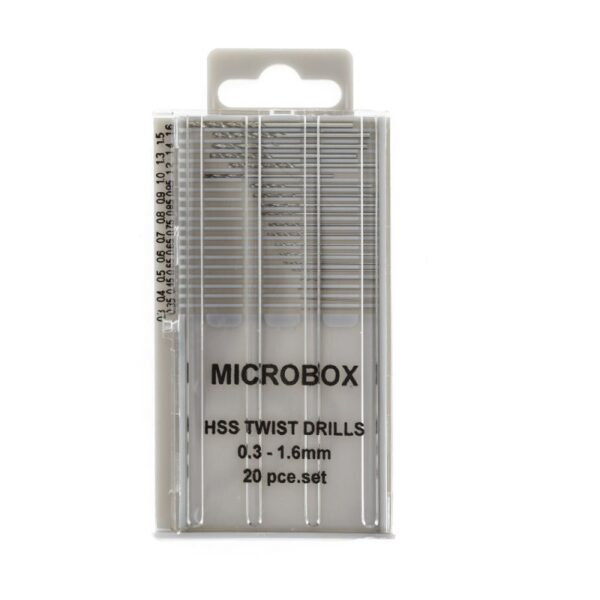-
Posts
467 -
Joined
-
Last visited
Content Type
Profiles
Forums
Gallery
Events
Everything posted by BenD
-
For brush painting, it really comes down to how much thinning is needed. I've found the Vallejo paints made for air-brush are really nice out of the bottle for hand brushing. I was looking at some Citadel paints at a hobby shop a few days ago. I should have bought some to try them out. The Vallejo model color ones I have need quite a lot of thinner to make the brush strokes disappear. As for mixing paints on models, I've personally had no issues. I only use acrylics. I also bought some mixing balls a few months ago. They are really amazing at getting a bottle mixed up and ready to go. I highly recommend them to anyone.
-

Which one is the best ropewalk machine?
BenD replied to modeller_masa's topic in Modeling tools and Workshop Equipment
People get confused about cable-laid ropes quite a lot. That 3.8mm cable-laid is three 1.8mm ropes laid together. Each 1.8mm rope has 39 yarns, which means the cable has 117 yarns. -
Back at it! I like how the ship's wheel turned out. You'll be done with your Wolf before I even take mine off the shelf.
-
This is totally how polyester behaves. One thing I've found about rope made with Gutermann E thread is it takes CA glue really well. Some polyester threads I've tried end up weak and crusty after being glued with CA but this stuff gets super strong. Another way to shape this rope is to use "super thin" CA, it goes right into the rope and then holds whatever shape you want. You will need a good applicator to pull this off. Every type of thread I've used for making rope has problems. I'm always looking for new threads to try.
- 478 replies
-
- vanguard models
- alert
-
(and 1 more)
Tagged with:
-
Absolutely beautiful ship. Estimating 2,500 hours of work involved... sounds about right for this level of kit bashing. Looking forward to the photo shoot. What's next up in the shipyard?
- 204 replies
-
- kitbashing
- Woodcarving
-
(and 4 more)
Tagged with:
-
I have an article about pine tar that might interest you https://maritime.org/conf/conf-kaye-tar.php It states that the production went on well into the 1900s. I'm pretty certain the industrial process for coal tar didn't pick up until the 1850s (Can't seem to find my article on it). The Grecian being an American vessel I'm not sure about what tar would be used. The Royal Navy would have used Pine tar to the bitter end no doubt. On tall ships today they use pine tar and coal tar mixed together from what I've read.
-
I've been working on the HMS Snake for years on and off. I'm not saying it's a bad kit, it's just a lot is expected from the modeler to just figure out. Who knows maybe it's right up your alley. Some day I'll finish that damned thing! I'm with the rest of the group on recommending The HMS Speedy or Flirt from Vanguard. Good quality laser cut parts and excellent instructions.
-
The way you are doing it on your build is just fine. I will add some pictures of the ways I know. There is the "cut splice" way. which is a bit difficult to do for a model. Wrap around the cascabel like The way you have done on your build log. The next one only works if there is a ring on the gun. There is another way with a four-strand rope but I don't have any pictures. I've also seen some breach ropes that run through the carriage itself and not even touching the gun.
-

Danny Vadas' masting and rigging spread sheet
BenD replied to allanyed's topic in Masting, rigging and sails
I was asking what word processor are you using to open the spreadsheet. If you said Microsoft is blocking it I'm assuming you are using Microsoft Word. I have not been able to get it working on that program. I've been using a free word processor called Open Office to open the spreadsheet. I'll add a download link. https://www.openoffice.org/ -

Danny Vadas' masting and rigging spread sheet
BenD replied to allanyed's topic in Masting, rigging and sails
I have no problem opening it. I'm using Open Office 4.1.7. What are you using? -

Looking for pre-made sails for Mamoli Britannia
BenD replied to MOURADATOR's topic in Wood ship model kits
I think I found what you are looking for. They are not cheap, but they are well made. They might also take 2-4 weeks to arrive as they are made to order. https://www.hismodel.com/articles-detail-414 -
The closeups look incredible! The Ramshead block you scratch-built just fits right in. 👍
- 204 replies
-
- kitbashing
- Woodcarving
-
(and 4 more)
Tagged with:
-
I've been watching that build as well. I have the HMS Wolf on the shelf and keep looking in the box at the perfectly cut laser parts, drooling a bit.. then eventually putting it back. Need to finish other projects first. The 1/72 card kits are more expensive but you get so much more. I'd say do as much as you can with this one then try out laser-cut ones. They even have the Le Coureur in 1/72. I'll be watching your progress, good luck.
- 8 replies
-
- Le Coureur
- Shipyard
-
(and 1 more)
Tagged with:
-
Welcome to MSW! I've seen people use the card stock from cereal boxes. It's usually about 0.5mm thick so you would need to laminate two pieces together. Craft stores usually have all types of thicknesses, but you will pay an extortionate price. The Shipyard laser-cut kits come with everything to make the kit. They are not nearly as affordable as the 1.96 booklet kits though.
-

lead deadeyes?
BenD replied to Woodshipguy's topic in Discussion for a Ship's Deck Furniture, Guns, boats and other Fittings
It's probably "Britannia metal" Quote from Wikipedia "(also called britannium or Britannia ware[1]) is a specific type of pewter alloy, favored for its silvery appearance and smooth surface. The composition by weight is typically about 92% tin, 6% antimony, and 2% copper." Antimony is a little bit toxic... so don't eat it or breathe the dust from sanding it. -
I agree with @AJohnson with the tip about drilling with a pin vice drill and using tape to help reduce damage. Fixing the damage is fairly easy, use some wood filler, sand it down, redrill the holes carefully, then paint over it again. Expanding the holes to 1.6mm you might want to start small and work your way up to that size. If you have a decent set of drill bits you can work your way up to that diameter, it helps stop the walnut from cracking up so badly. To harden the surface you can also use thin CA glue, I've also found that to help a some. Your ship is coming along nicely.
-

How an 18th Century Sailing Battleship Works
BenD replied to Tossedman's topic in Nautical/Naval History
Historical inaccuracies aside, I liked the video. It would have taken ages to produce that D3 model and then make a flythrough deck by deck. Quite impressive. -
The hull is now finished! It was a bit of a battle to get the photo-etch parts glued on. It's no fun when the metal parts slip out of your tweezers and get CA everywhere... Everything else went together easily enough. Sails are up next on the workbench. I photocopied the sails from the plan and cut them out so it would be easier to work with them and measure. I almost wish I could use them like this. I've been experimenting with a lot of materials and so far the best results are from cloth. I soak them in diluted white PVA and hang them to dry. After that, I iron them so they are perfectly flat. Below are two failed samples, the sail-shaped one has pencil marks and the uncut sheet has a lot of fraying. I've made more sheets ready to cut that have more PVA to keep the fraying down. I am running low on cloth, I couldn't find anything decent from nearby fabric shops. Does anyone know where to buy some good sailcloth?
-
With this particular polyester, you will find glues of all types will soak into the fibers as long as they are thinned enough. This includes PVA, Clear nail polish, CA, and even Shellac. As long as the glue is thin or has some type of solvent or alcohol it should work. I've done tests with PVA and found 60/40 Water/PVA will hold really well. Using PVA for holding a shape in the line will take a few coats and some fiddling. I've tried my wife's clear nail polish and found it will hold a knot really well. The only problem is it will leave a shiny spot. The best glue for this rope is thin CA. It doesn't make it brittle and if you are light enough with the application it won't discolor the rope either. It goes right into the core of the rope and makes impossibly strong knots and seizings. I've managed to use thin CA for shaping curves in rope, it's tricky but can be done with the right applicator. Bob Smith Industries line of CA is what I would recommend for this job. It's high-quality CA that doesn't leave that awful white residue. I bought some shellac from Home Depot to test it out of knots. It soaked right into the Poly rope and held about as well as PVA. It left a bit of yellowing. I have not tried buying shellac flakes and dissolving them, so I don't know how well that would work or how much discoloring there would be. That covers everything I've tried so far.
About us
Modelshipworld - Advancing Ship Modeling through Research
SSL Secured
Your security is important for us so this Website is SSL-Secured
NRG Mailing Address
Nautical Research Guild
237 South Lincoln Street
Westmont IL, 60559-1917
Model Ship World ® and the MSW logo are Registered Trademarks, and belong to the Nautical Research Guild (United States Patent and Trademark Office: No. 6,929,264 & No. 6,929,274, registered Dec. 20, 2022)
Helpful Links
About the NRG
If you enjoy building ship models that are historically accurate as well as beautiful, then The Nautical Research Guild (NRG) is just right for you.
The Guild is a non-profit educational organization whose mission is to “Advance Ship Modeling Through Research”. We provide support to our members in their efforts to raise the quality of their model ships.
The Nautical Research Guild has published our world-renowned quarterly magazine, The Nautical Research Journal, since 1955. The pages of the Journal are full of articles by accomplished ship modelers who show you how they create those exquisite details on their models, and by maritime historians who show you the correct details to build. The Journal is available in both print and digital editions. Go to the NRG web site (www.thenrg.org) to download a complimentary digital copy of the Journal. The NRG also publishes plan sets, books and compilations of back issues of the Journal and the former Ships in Scale and Model Ship Builder magazines.



